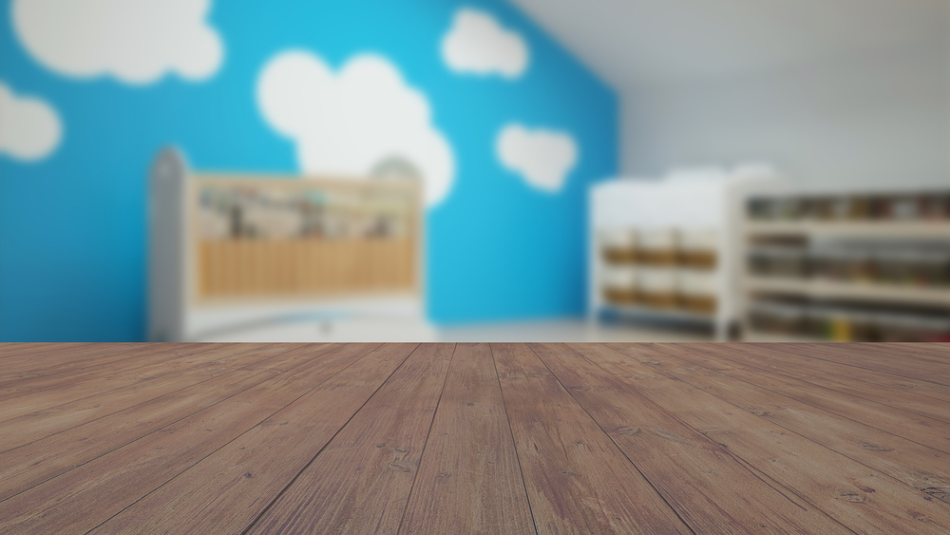
Image Credit: Robert Kneschke/Shutterstock.com
For the first time, the new gas sensor could offer precise readings of NO2 concentrations present in local settings in a portable and low-cost Internet-of-Things device. This device could synchronize with applications and smartphones.
European Union regulations have stipulated that a threshold of 20 parts-per-billion (ppb) of atmospheric NO2 should be overcome no more than 18 times per annum. But the monthly average in London alone is frequently above this level.
At present, tracking air quality to avoid such exposure at ppb levels can be done only with expensive and bulky equipment, and therefore, this measure is rarely implemented.
Creating a device that is accurate and sensitive enough to identify atmospheric NO2 at below the 20 ppb levels posed a major challenge to the researchers. Moreover, the device should be able to work in real-world conditions and should be sufficiently simple and economical to make it viable for extensive applications.
The researchers made a breakthrough when they created a NO2 sensing layer on the basis of a laser deposited carbon aerogel (LDCA). The LDCA was found to have excellent selectivity towards NO2 when compared to other regular air pollutants, making it stand out from other carbon nanomaterials.
The team used an affordable and scalable one-step-laser procedure and subsequently deposited the porous, thin, and well-adhered LDCA film to electrodes. These electrodes can, in turn, be accommodated in an array of device structures for the continuous monitoring of air quality.
The new sensor is so responsive that it can identify nearly 10 ppb of NO2 in less than 15 minutes, and most significantly, it can work at room temperatures—even working suitably in humid conditions, which are adverse settings for a majority of other sensors.
Like condensation on a windowpane, nanomaterials such as the carbon that we have used in this development, nearly always have surface water. Normally this is a really bad thing as it interferes with the technology, but in this case, we've been able to use this layer of water to our advantage to selectively dissolve NO2 instead of other volatiles normally found in ambient conditions.
Alan Dalton, Professor and Head, Materials Physics Group, University of Sussex
Professor Dalton continued, “As a physicist this is really exciting as this is what gives our sensor such a high rate of sensitivity to NO2 in real-world conditions, ensuring that we avoid false positive readings. As a father, one of the things that has motivated me to pursue this development was hearing about the influence of dangerous levels of NO2 in the air—something which we’re seeing regularly in our big cities—on infant morbidity.”
“It’s not news that urban environments are seeing high levels of pollution, but without widespread and accurate air quality monitoring most of us are in the dark about how harmful the air in our local area might really be for ourselves and our children,” Professor Dalton further added.
The new sensor could be used in several potential applications, for example, to help inform the most optimal cycling or walking paths and times of day to prevent high levels of pollution; as a safety device to track the air quality in babies’ bedrooms; and even by estate agents to offer potential house buyers with data on NO2 levels present in a specific locality or home.
The team hopes that councils will use the new technology to monitor pollution levels in both industry and urban settings.
As a team of scientists from across Europe, one of our shared goals was to develop a sensor that would not only perform fantastically outside of the lab, but that would also be affordable enough to be available to your average household, ensuring that more of us have access to information on air quality in our local area and on an hour-by-hour basis.
Peter Lynch, Postdoctoral Researcher, University of Sussex
Lynch also played a major role in developing the sensor.
He continued, “As well as helping individuals make informed choices, our hope is that this data could also feed into a national—even worldwide—pollution monitoring database, in order to effect positive action on air quality.”
One nice thing about this sensor is that it is made using familiar equipment and materials that we already have in our Large Area Electronics Manufacturing Clean room here in Oxford. This means that it is compatible with standard smartphone manufacturing techniques and can be easily integrated with processing electronics, wireless communications, mobile networks, etc.
Adam Brunton, Director of Business Development, M-SOLV
M-SOLV is currently developing the NO2 sensor.
“Getting remote access to data from an individual device or a huge network of these sensors is therefore quite a straightforward process,” concluded Brunton.
Journal Reference:
Nufer, S., et al. (2020) Laser-Deposited Carbon Aerogel Derived from Graphene Oxide Enables NO2-Selective Parts-per-Billion Sensing. ACS Applied Materials & Interfaces. doi.org/10.1021/acsami.0c09112.